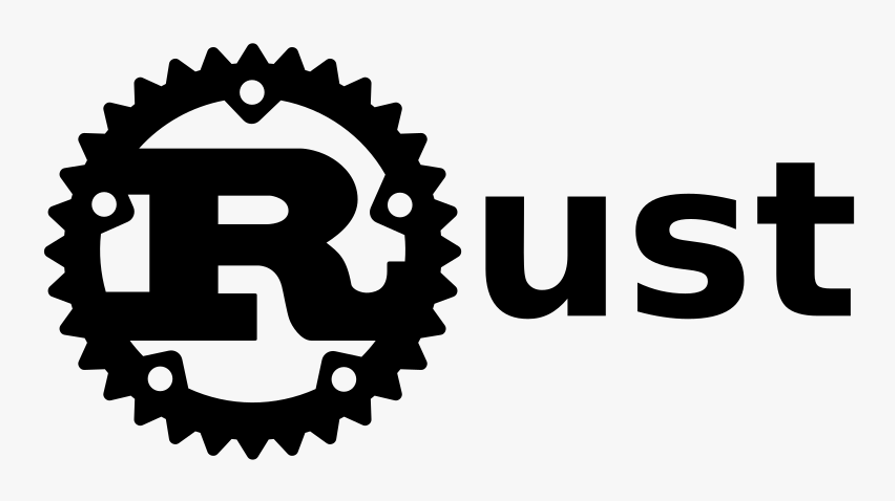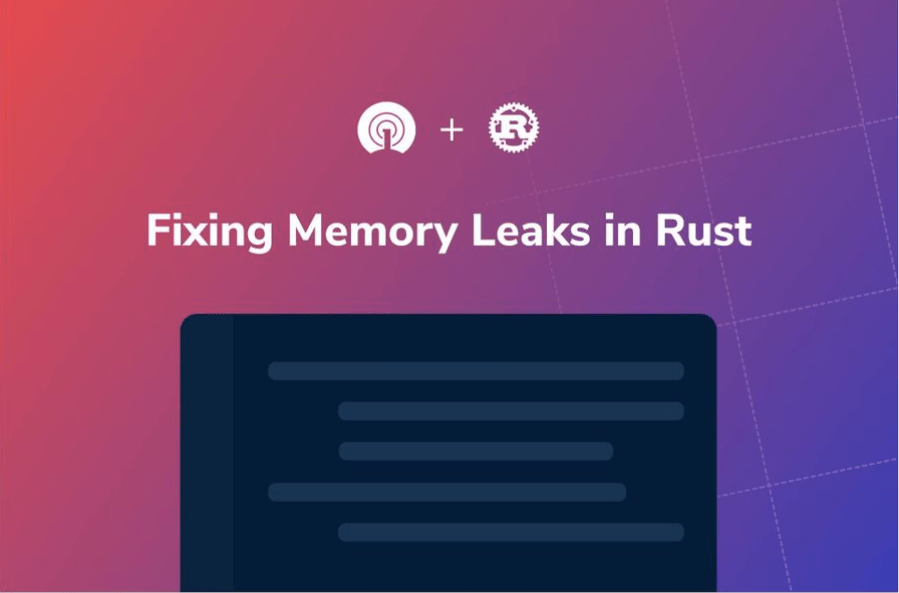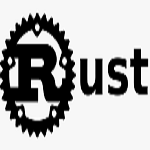Rust is a programming language for systems that emphasizes safety and extremely safe multi-threading. Rust’s syntax is similar to C++’s but offers better storage safety while retaining high performance. One of Rust’s distinguishing characteristics is the system.
Rust programming language
Rust’s memory management is unique, and it’s something that can be difficult to understand at first. However, it can be a powerful tool once you grasp how it works.
The first thing to understand is that Rust has two pointers: references and raw pointers. Connections are always safe and will never point to invalid memory. Essential tips, on the other hand, are unsafe and can point to weak memory. This is why you have to be careful when working with raw pointers.
The next thing to understand is that Rust has an ownership system. Every data in Rust has an owner, and there can only be one owner at a time. When the owner goes out of scope, the information is automatically freed. This system ensures that all data is always valid and there are no dangling pointers.

Source: Pngitem
Finally, Rust has a borrowing system that allows you to borrow data from another object without taking ownership. This is useful when you want to use some data but don’t want to take ownership of it. When you’re done with the borrowed data, it is automatically returned to the original owner.
Rust’s internal memory structure
Rust memory management is based on ownership and borrowing concepts. Each data in Rust has a single owner, and the owner can either read or write to that data. Other parts of the program can borrow data from the owner but cannot modify it. This system ensures that all information is always valid and that there are no data races.
When a piece of data is no longer needed, the owner can free it up for garbage collection. This happens automatically, so manual memory management does not need to worry.
Rust’s Unique System of Ownership
In Rust, ownership is determined by a set of rules that the compiler checks at compile time. These rules are designed to ensure that all data is valid and safe.
The ownership system in Rust is unique because it ensures that all data is always valid and safe. There are no null pointers or dangling pointers in Rust. This means you can’t accidentally dereference an arrow that points to invalid data.
The ownership system also guarantees that all data is freed when it is no longer needed. This helps reduce memory leaks and makes it easy to clean up resources when they are no longer required. Here is more information about Rust information worth knowing:
Uses for Rust:
Rust provides memory safety without using a garbage collector. Instead, it uses a borrowing and ownership system to ensure that data is always valid.
Rust has two main types of ownership: shared and exclusive. Shared ownership allows multiple pieces of code to access the data, while the sole right allows only one part of the code to access the data.
When data is no longer needed, it is automatically freed by Rust. This system prevents memory leaks and ensures that information is always valid.
Rust memory leak fix:

Source: Onesignal
If you’re experiencing a memory leak in your Rust program, there are a few ways to fix it. First, try to identify the source of the leak using a memory profiler. Once you’ve found the basis of the leak, you can try one of the following methods to fix it:
- Use reference counting or ownership transfer to ensure that resources are freed when they’re no longer needed
- Modify your code to use less memory overall
- Implement a custom drop handler for the type that’s leaking
Reference counting and ownership transfer can be done using the std::rc::Rc and std::cell::RefCell types. You can implement a custom drop handler if you need more control over managing memory.
Rust memory error:
One of Rust’s most common errors when programming is the “rust storage error.” This occurs when a programmer tries to access a piece of data that doesn’t exist in memory.
There are two ways to fix this error. The first is to use the “unwrap” function, which will return the data if it exists, and panic if it doesn’t. The second way is to use the “expect” function, which will also return the information if it exists but will print an error message if it doesn’t.
If you’re unsure whether or not data exists in memory, you can use the “is_some” and “is_none” functions to check.
How much ram does Rust use?
Regarding memory management, Rust is often lauded for its approach. Unlike many other languages, Rust uses a unique system that allows for more control and flexibility in managing memory.
So, how much RAM storage does Rust use? The answer depends on a few factors, but generally speaking, Rust is very efficient with memory. It’s not uncommon for programs written in Rust to use less memory than their counterparts written in other languages.
Of course, the amount of memory a program uses can vary depending on how it’s written. Some programs may use more memory than others, but in general, Rust is quite efficient with memory usage.
Rust’s memory management system is much more sophisticated than the average programming language. By understanding how it works, we can see how it can help us avoid some common errors that occur when manually managing memory. In addition, we can also use it to our advantage to create more efficient and reliable programs.
